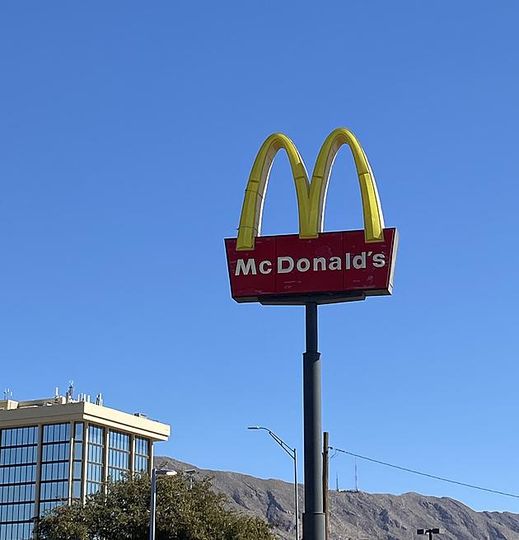
McDonald’s recently had a 14% increase in revenue to $6.69 billion, sparking controversy about the price of fast food. Influencer Christopher Olive’s widely shared TikTok video, in which he is horrified by a $16 “happy meal,” sparked an investigation into the factors that led to the price increase.
The lack of labor and the ensuing pay increases are important variables. Like many other companies, McDonald’s struggles with a lack of employees. To address this, it raises wages in an effort to draw and keep workers, which drives up menu costs.

McDonald’s defends its pricing in the face of criticism by pointing to deals available on its mobile app. But some consumers, like Ohioan Anne Arroyo, contend that these reductions are insufficient to ease consumers’ annoyance with pricing differences.
This unhappiness feeds claims of “greedflation,” which implies businesses take advantage of people’s concerns about inflation to make money. Nevertheless, McDonald’s profitability is still rising, in part because of price increases, suggesting that customers are still willing to buy even in hard times.
The circumstances cast doubt on McDonald’s pricing strategy’s long-term viability as well as its wider effects on customers and the fast-food sector. The discussion highlights the conflicts that exist in a shifting economic environment between consumer affordability and company profitability.
McDonald’s, however, insists that its prices are reasonable, and the continuous demand for its goods paints a more complex picture. Recognizing the intricacies inherent in the economic aspects of the fast-food sector, stakeholders grapple with striking a balance between profitability, consumer pleasure, and affordability as they negotiate these debates.


